On Sunday’s farming weather forecast from Met Eireann, meteorologist Joanna Donnelly gave details that soil temperatures and grass growth was higher than normal in most parts of the country.
After what seems like a cold fortnight, it’s hard to believe that soil temperatures are still higher than normal, but the data doesn’t lie.
It’s also hard to believe that grass growth rates are higher than normal, especially because most farmers I speak to are complaining about not having enough grass.
The amount of grass on farms is definitely lower than normal but that’s probably got more to do with the amount of the farm that has been grazed and perhaps opening with less grass than normal rather than low growth rates per se.
Important
The most important piece of information I took from the weather forecast was that the high pressure is leaving us and the weather will once again be influenced by the Atlantic with south westerly winds bringing rain by mid-week.
This is good news from a grass growth perspective but bad news for those on heavier soils that can’t graze when the weather is wet.
It’s better news for those on drier ground who were concerned about growth rates and having enough grass back to start the second rotation in late March or early April.
Those that went with nitrogen in late January or early February should be considering going again in advance of this softer and milder weather.
The advice for March on higher stocked dairy farms is to spread 28 units/acre of protected urea on fields that got either slurry or urea earlier in the year.
On fields that got no chemical nitrogen yet I would be inclined to go with 35 to 40 units of nitrogen per acre now.
Farmers that have been feeding extra supplement in order to slow down the round length should be watching grass covers very closely and aiming to reduce the supplement as soon as it looks like the second round will be met in early April with an average farm cover exceeding 500kg/ha.



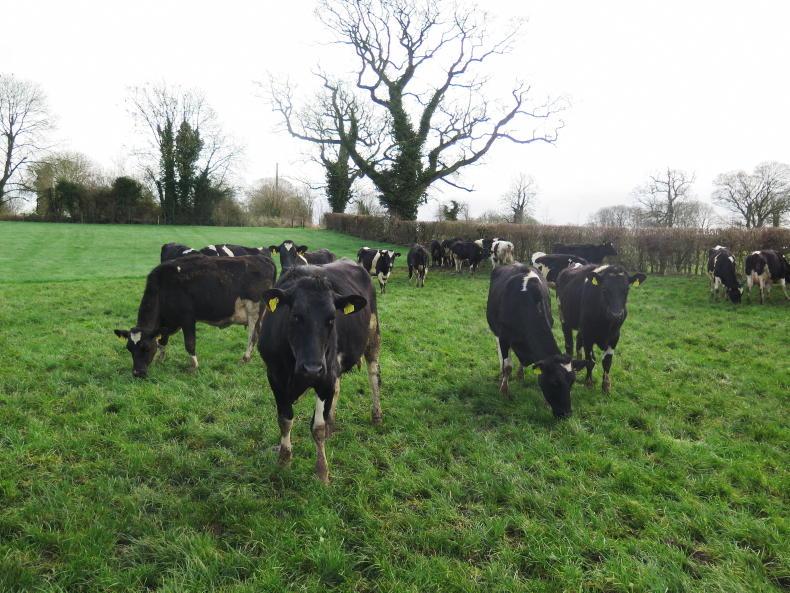

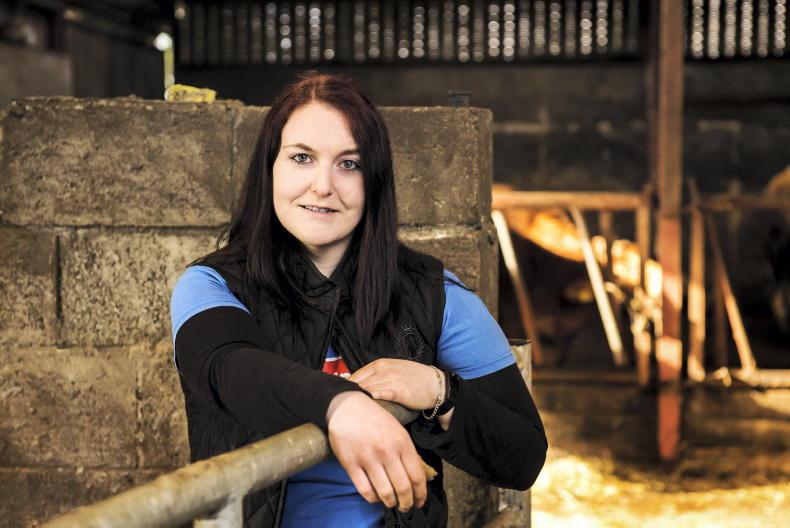

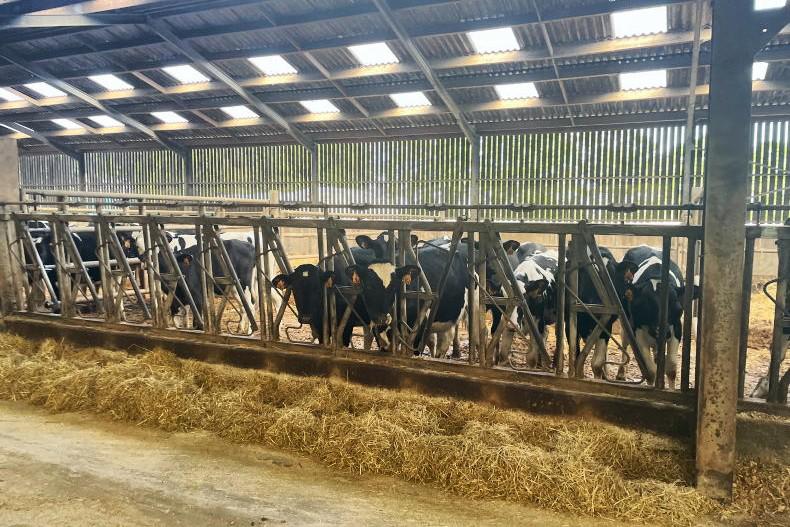
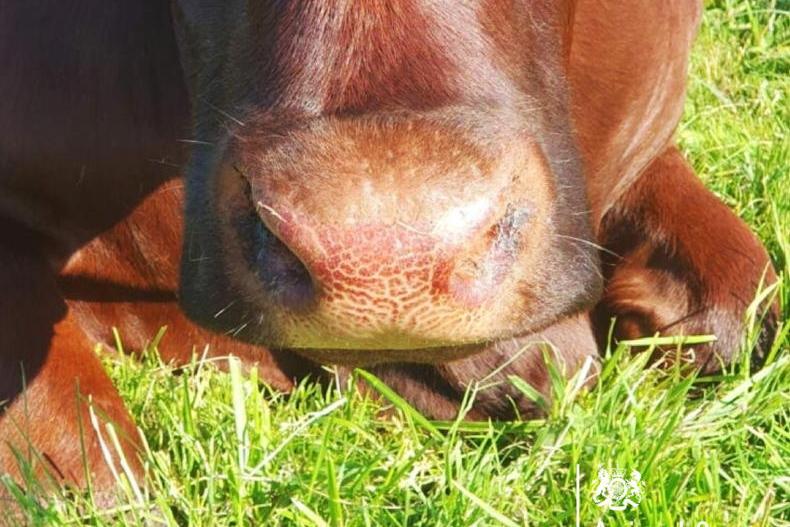
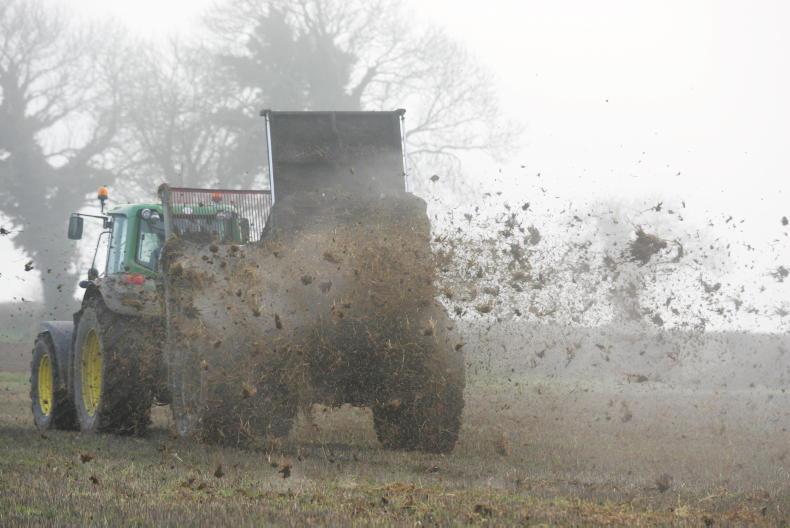
SHARING OPTIONS